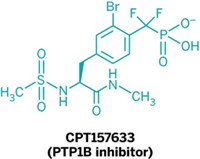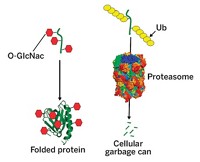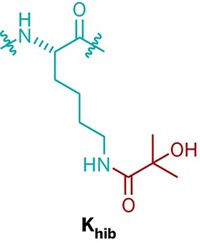Advertisement
Grab your lab coat. Let's get started
Welcome!
Welcome!
Create an account below to get 6 C&EN articles per month, receive newsletters and more - all free.
It seems this is your first time logging in online. Please enter the following information to continue.
As an ACS member you automatically get access to this site. All we need is few more details to create your reading experience.
Not you? Sign in with a different account.
Not you? Sign in with a different account.
ERROR 1
ERROR 1
ERROR 2
ERROR 2
ERROR 2
ERROR 2
ERROR 2
Password and Confirm password must match.
If you have an ACS member number, please enter it here so we can link this account to your membership. (optional)
ERROR 2
ACS values your privacy. By submitting your information, you are gaining access to C&EN and subscribing to our weekly newsletter. We use the information you provide to make your reading experience better, and we will never sell your data to third party members.
Biological Chemistry
Memories’ Sweet Origins
Neurochemistry: Sugar-protein interaction helps control memory formation, study shows
by Stu Borman
February 16, 2012

Little did entertainer Bob Hope know that “thanks for the memory” not only is a moving song lyric but also acknowledges the effect of making changes in sugar molecules on a brain protein.
Researchers have found that O-linked β-N-acetyl-
O-GlcNAc modification of proteins was known to influence brain development, neuronal signaling, and neurodegeneration. But how it influences such processes on a molecular level has been uncertain.
Using a sugar-tagging technique they developed, carbohydrate chemist Linda C. Hsieh-Wilson of California Institute of Technology and coworkers have shown for the first time the profound effects of O-GlcNAc on the transcription factor CREB. Working with mice, they found that gene expression, neuronal axon and dendrite growth, and memory formation are reduced by CREB glycosylation with O-GlcNAc and promoted by blocking that glycosylation.
The same three processes are enhanced by CREB phosphorylation and reduced by CREB dephosphorylation. Phosphate and O-GlcNAc appear to work together, albeit in an opposite way.
Together with many prior studies, the work shows “how the fields of neurobiology, transcription, and signaling need to pay attention to this ubiquitous sugar modification of proteins to understand biology at the molecular level,” says O-GlcNAc expert Gerald W. Hart of Johns Hopkins University. “Focusing only on phosphoryation will reveal only part of the story.”
How memories are made “is one of the great biological mysteries,” says another O-GlcNAc specialist, John A. Hanover of the National Institutes of Health. The new findings “provide an important clue” to better understand that process.—Stu Borman





Join the conversation
Contact the reporter
Submit a Letter to the Editor for publication
Engage with us on Twitter